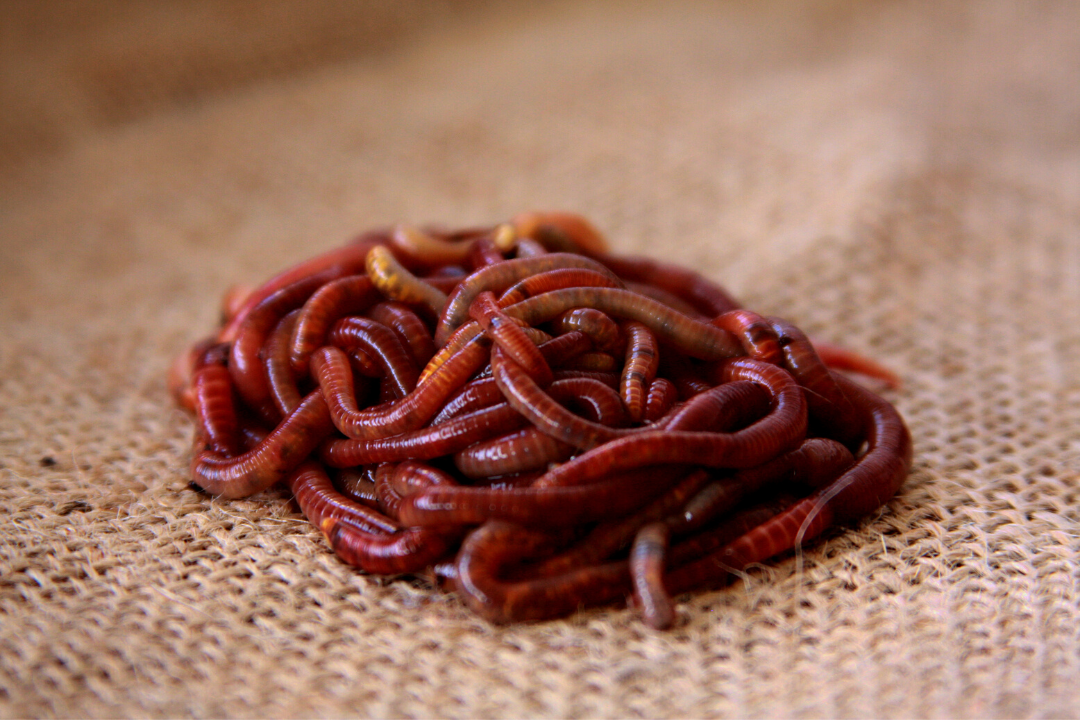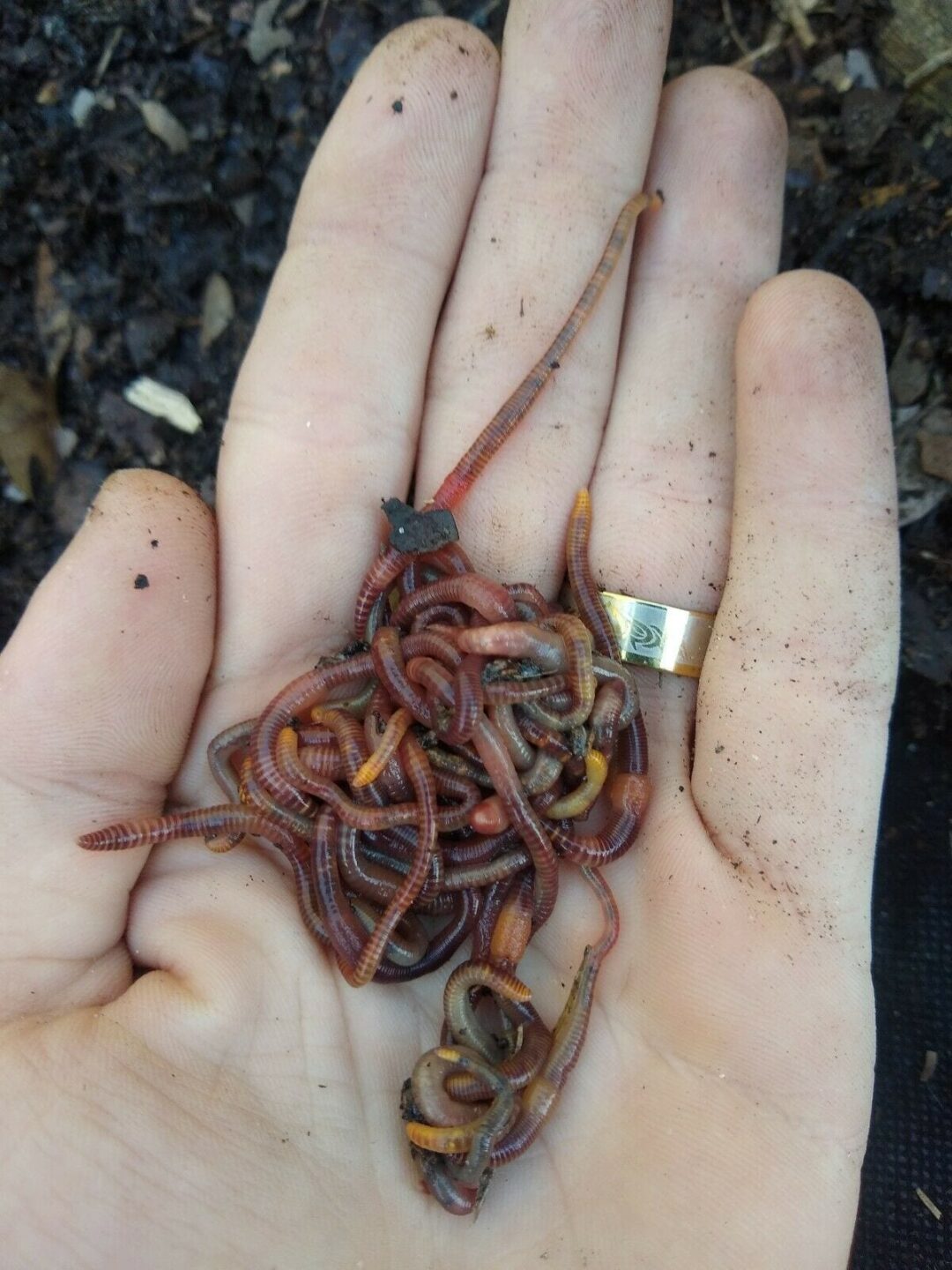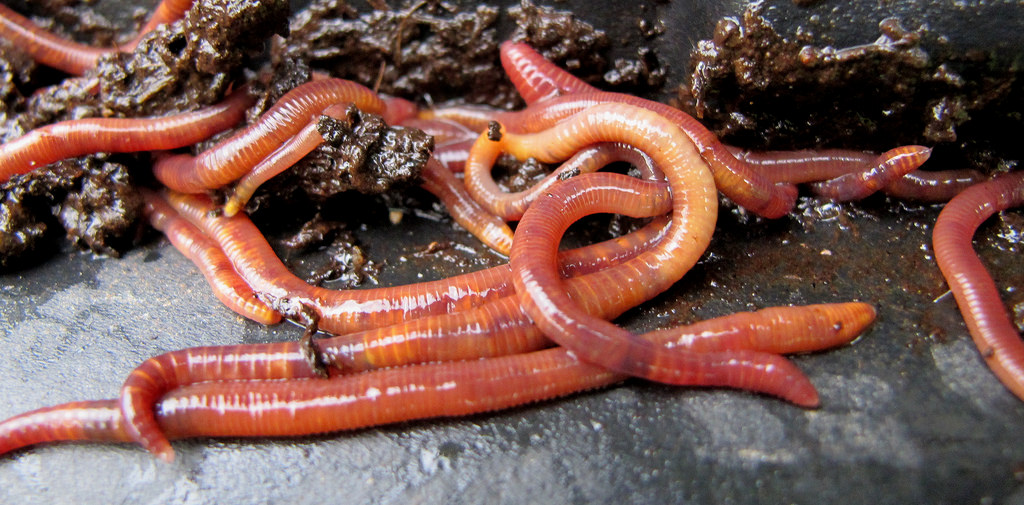Red Wigglers 101: Every Little Thing You Need to Know for Thriving Gardens
Red wigglers, or Eisenia fetida, play an important function in lasting gardening methods, serving as efficient decomposers that transform organic waste right into valuable vermicompost. Comprehending their environment, dietary choices, and the myriad benefits they use can transform your horticulture technique.
Comprehending Red Wigglers

Red wigglers thrive in settings abundant in natural product and moisture. Red Wiggler Express. They have a special gastrointestinal system that enables them to refine food scraps swiftly, eliminating castings that are loaded with vital nutrients such as nitrogen, phosphorus, and potassium. These spreadings enhance dirt framework, enhance water retention, and foster useful microbial task, every one of which add to robust plant health and wellness
In addition, red wigglers can survive in varied conditions, making them versatile to different gardening techniques, consisting of interior and outdoor composting systems. Their capability to consume big amounts of natural waste everyday positions them as beneficial allies for both home garden enthusiasts and industrial cultivators. By integrating red wigglers into horticulture efforts, one can dramatically enhance soil fertility and support sustainable gardening methods.
Suitable Environment for Red Wigglers
Developing an optimal atmosphere for red wigglers is crucial for optimizing their composting capabilities and overall health and wellness. Red wigglers grow in wet, dark, and well-aerated habitats, which closely resemble their natural atmospheres in ground cover and rotting natural issue. An ideal habitat should offer a temperature range in between 55 ° F and 77 ° F(13 ° C to 25 ° C), as severe temperatures can stress or hurt the worms.
The bed linen product, such as shredded paper, cardboard, or coconut coir, should be kept damp yet not extremely damp, as excessive dampness can lead to anaerobic conditions destructive to worm health and wellness. In addition, a pH level in between 6.0 and 7.5 is ideal, making sure a well balanced setting.
Correct aeration is just as vital; it permits oxygen circulation and protects against the buildup of dangerous gases. A container or bin created for vermicomposting should have drain openings to eliminate excess moisture and advertise airflow. Regular tracking of these conditions is necessary for preserving a flourishing red wiggler population, eventually boosting their efficiency in breaking down natural waste and enriching garden soil.
Dietary Needs and Preferences

Red wigglers exhibit certain choices; they are specifically keen on softer, decomposing materials over tougher or more fibrous materials. It is vital to avoid feeding them citrus peels, onion, and garlic in huge amounts, as these can be damaging. Additionally, meat, milk, and oily foods must be click resources left out, as they can bring in bugs and produce unpleasant odors.
(Granite Falls NC Worms For Sale)Green materials, such as veggie scraps, supply nitrogen, while brown materials, like cardboard and dried fallen leaves, supply carbon. By catering to their nutritional needs, garden enthusiasts can foster a growing population of red wigglers in their garden compost systems.
Advantages of Utilizing Red Wigglers
The exceptional benefits of using red wigglers in gardening expand far past their role in composting. These versatile organisms add considerably to dirt health and wellness, enhancing nutrient accessibility and promoting microbial activity. By freshening the soil as they delve, red wigglers improve drain and root penetration, developing an optimal atmosphere for plant growth.
In addition, red wigglers are efficient recyclers of organic waste, transforming it into nutrient-rich castings that work as a superb natural plant food. These castings include valuable microbes and vital nutrients, such as nitrogen, phosphorus, and potassium, which are vital for plant advancement. The sluggish launch of nutrients from worm castings makes certain a consistent supply, lessening the danger of nutrient leaching and promoting sustainable gardening practices.
Furthermore, the visibility of red wigglers can help reduce soil-borne plant illness. Their gastrointestinal processes produce substances that hinder harmful virus, therefore boosting plant health and wellness. Utilizing red wigglers cultivates a much more lasting gardening approach by lowering dependence on chemical fertilizers and promoting a closed-loop system, where waste is transformed into important sources. Overall, including red wigglers right into horticulture practices offers a wide range of environmental and farming benefits.
(Red Wiggler Express)
Composting With Red Wigglers

To start a successful vermicomposting system, pick an ideal container with appropriate air flow and drainage. The suitable setting for red wigglers includes a moist, dark setting with temperatures in between 55 ° F and 77 ° F. Begin by layering shredded paper, cardboard, and food scraps, making sure a well balanced mix of carbon and nitrogen-rich products.
Red wigglers flourish on veggie peels, fruit scraps, coffee premises, and eggshells, while avoiding meat, milk, and oily foods that can attract bugs. Consistently check dampness levels; the bed linens must be wet but not soggy. Harvest worm spreadings every couple of months by dividing the worms from the compost, which can then be utilized directly in yards or stored for later usage.
Carrying out vermicomposting not just decreases landfill waste but additionally improves garden dirt, advertising healthy and balanced plant development and sustainable horticulture methods. Welcome this green method to improve your horticulture endeavors.
Final Thought
In recap, red wigglers are crucial microorganisms for boosting yard performance through effective composting. By making use of red wigglers, gardeners can significantly enhance soil top quality and nutrient availability, cultivating healthier plant growth.